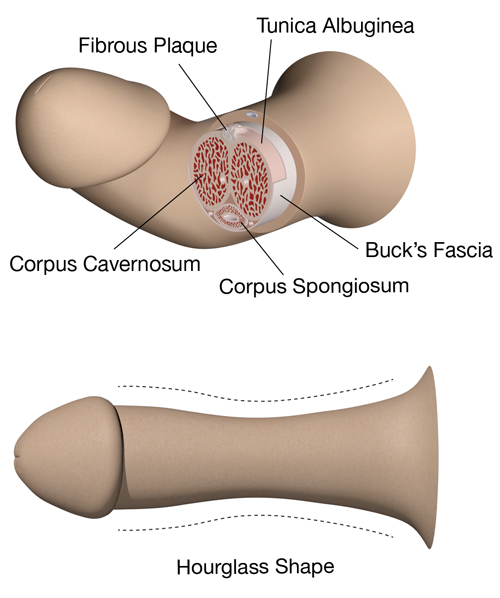Peyronie’s disease can be diagnosed and its severity evaluated by physical examination. A Physician or even the patient can feel the plaque with his hand, when the male reproductive organ is in a limp or relaxed state. For a complete evaluation, the doctor needs to examine the male reproductive organ, when it is in an erect position. It helps to assess the severity of Peyronie’s disease better.
In order to get the male reproductive organ, the doctor can request the patient to try self stimulation. If the patient has completely succumbed to erectile dysfunction, doctors can inject medicine in the organ. There are cases, where patient refuse to cooperate. In such cases, doctors can advise patients to bring images of the organ from home, while it is in an erect state. The next thing done is ultrasound- it is useful in evaluating circulation of blood within the male reproductive organ. This technique is especially required for patients who are impotent. During impotency, the blood supply to the male reproductive organ is diminished as a result of which, it becomes difficult to assess the blood supply.
Treatment of Peyronie’s disease:
Peyronie’s disease is not a threat to life. Unless the lump turns malignant, men can live with this condition. But severe pain in the organ in an erect state, deformity of the male reproductive organ and inability to have an intercourse can force men into seeking treatment. The exact cause of this condition continues to be unknown. As a result of which, doctors continue to use methods that can help ameliorate the symptoms, if they are not getting completely healed.
In most cases, patients to do aim to have a male reproductive organ that reverts back to its previous anatomic state but the therapy is believed to help patients get back to having a normal, healthy intercourse. In most cases, the twisted organ returns to a state from which it is able to penetrate and reach a climax during the process of coitus. The most common forms of treatments taken for Peyronie’s disease are:
- Surgery:
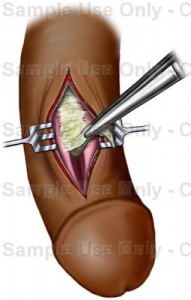 Despite people making various tall claims, the only treatment that has proven to be extremely effective is surgery. Removing the lump surgically can help stabilized the condition and prevent the deformity during intercourse. The severity of Peyronie’s disease varies in patients with some of them trying their own ways to treat the condition. As a result of this, doctors are advised to give a gap of a year between diagnosing the condition and performing the surgery as it will help them stabilize the condition. Between this time gap, patients can take pills or other forms of treatment that they think will benefit them.
Despite people making various tall claims, the only treatment that has proven to be extremely effective is surgery. Removing the lump surgically can help stabilized the condition and prevent the deformity during intercourse. The severity of Peyronie’s disease varies in patients with some of them trying their own ways to treat the condition. As a result of this, doctors are advised to give a gap of a year between diagnosing the condition and performing the surgery as it will help them stabilize the condition. Between this time gap, patients can take pills or other forms of treatment that they think will benefit them.
- Vitamin E:
 There have been cases where vitamin E, given in pill forms, has helped improving cases of Peyronie’s disease.? But there is no study to establish the effect of Vitamin E in this condition.
There have been cases where vitamin E, given in pill forms, has helped improving cases of Peyronie’s disease.? But there is no study to establish the effect of Vitamin E in this condition.
- Aminobenzoate potassium (Potaba):
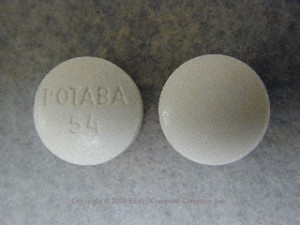 The success of this drug is established, but patients try it nevertheless. Some of the other oral medications that are used are colchicines, tomaxifen and pentoxifyline. But the efficacy of the drugs is not clearly known.
The success of this drug is established, but patients try it nevertheless. Some of the other oral medications that are used are colchicines, tomaxifen and pentoxifyline. But the efficacy of the drugs is not clearly known.
- Injections:
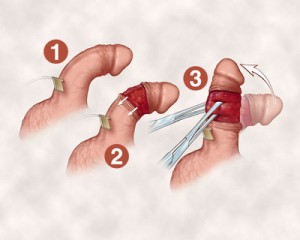 There have been cases where researchers have tried injecting chemical agents directly into the plaques. Some of the used chemicals are verapamil, collagenase and steroids. In most cases, the twist in the male reproductive organ has decreased or completely disappeared. Collegen has a lot of scope to appear as the future treatment of Peyronie’s disease though steroids are known to have severe side effects.
There have been cases where researchers have tried injecting chemical agents directly into the plaques. Some of the used chemicals are verapamil, collagenase and steroids. In most cases, the twist in the male reproductive organ has decreased or completely disappeared. Collegen has a lot of scope to appear as the future treatment of Peyronie’s disease though steroids are known to have severe side effects.
- Iontophoresis:
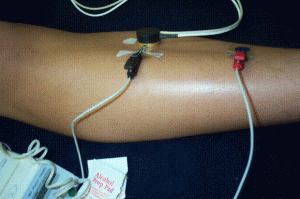 These are painless currents of electricity that act as the medium for delivering agents such as verapamil, below the skin.
These are painless currents of electricity that act as the medium for delivering agents such as verapamil, below the skin.

